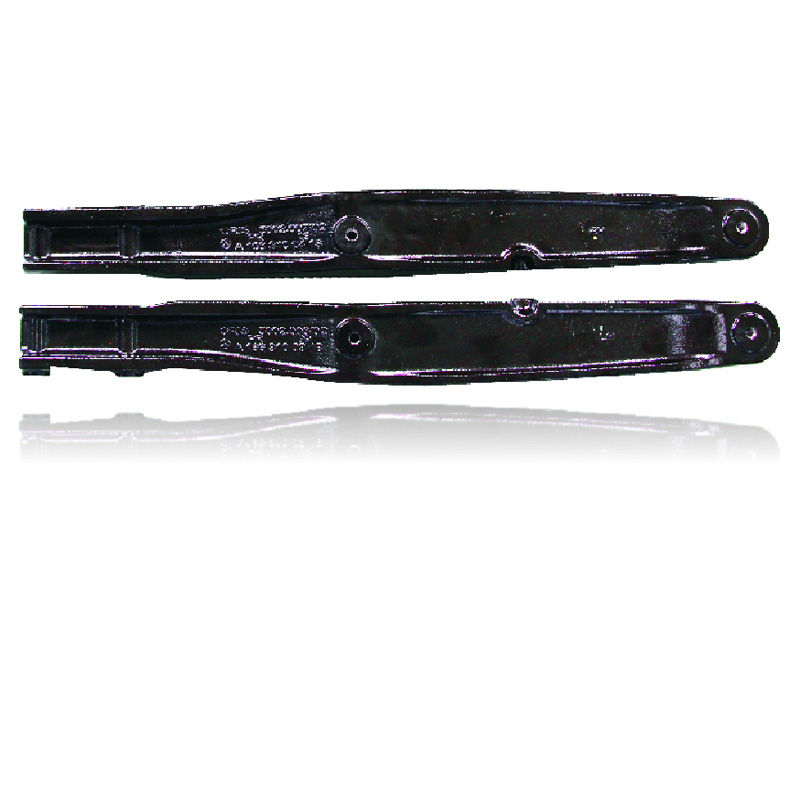The Production of Side Member Forgings: A Brief Look at the Forging Process
2024-06-18
Side Member Forgings are integral components in various industries, ranging from automotive to aerospace. Their strength, durability, and reliability make them a crucial part of many complex systems. But how are these precision-crafted components actually produced? Let's delve into the fascinating world of forging and explore the process behind the creation of Side Member Forgings.
To understand the production of Side Member Forgings, we must first grasp the fundamentals of the forging process. Forging is a metalworking technique that involves shaping metal by applying compressive force. This force is typically generated by a hammer or press, which deforms the metal into the desired shape.
The forging process begins with the selection of the raw material. The type of metal used depends on the specific application and the required properties of the finished forging. Once the material is chosen, it is heated to a specific temperature to make it more malleable. This heating process, known as preheating, prepares the metal for the forging operation.
Next, the heated metal is placed in a die or mold, which is a metal block with a cavity shaped like the desired forging. The die is then clamped in a forging press or hammer. At this point, the compressive force is applied to the metal, forcing it to flow and fill the cavity of the die. The metal is shaped and compressed to form the Side Member Forging.
The forging process can be further categorized into different types, such as open die forging, closed die forging, and impression die forging. In the case of Side Member Forgings, impression die forging is commonly used to achieve the desired shape and dimensions.
After the forging operation is complete, the forged component is allowed to cool down and is then removed from the die. It undergoes further processing steps, such as trimming, heat treatment, and surface finishing, to ensure it meets the specified requirements.
The forging process offers several advantages over other manufacturing techniques. It results in a dense and strong product with fewer internal defects. The compressive forces applied during forging strengthen the metal's grain structure, making it more resistant to wear and tear. Additionally, forging allows for the production of complex shapes with tight tolerances, ensuring the accuracy and reliability of the finished component.
In conclusion, the production of Side Member Forgings involves a precise and controlled forging process. By applying compressive force to heated metal in a die or mold, manufacturers can shape and compress the metal into the desired component. The forging process offers numerous benefits, including improved strength, durability, and accuracy, making Side Member Forgings a crucial part of many industrial applications.



